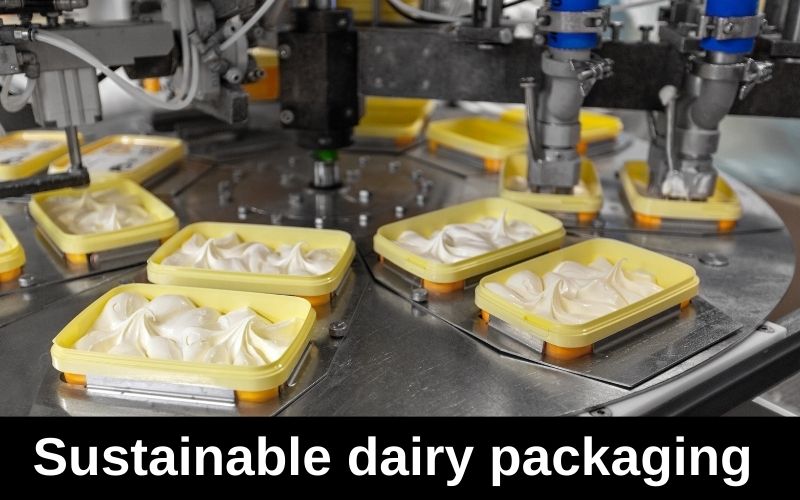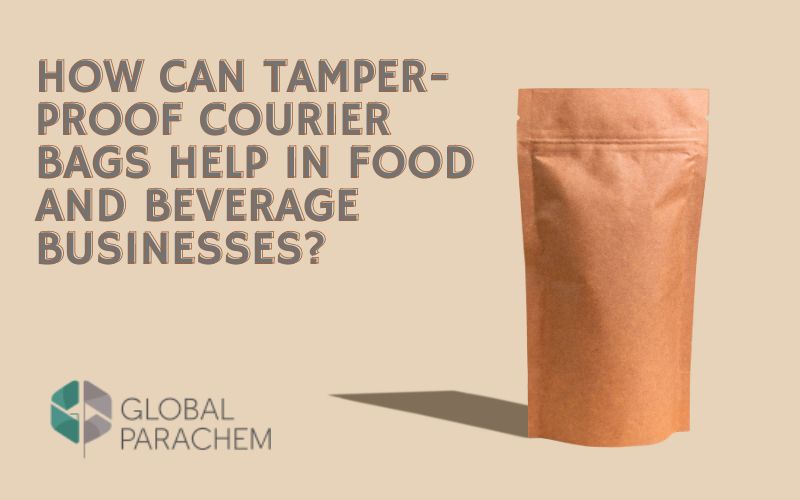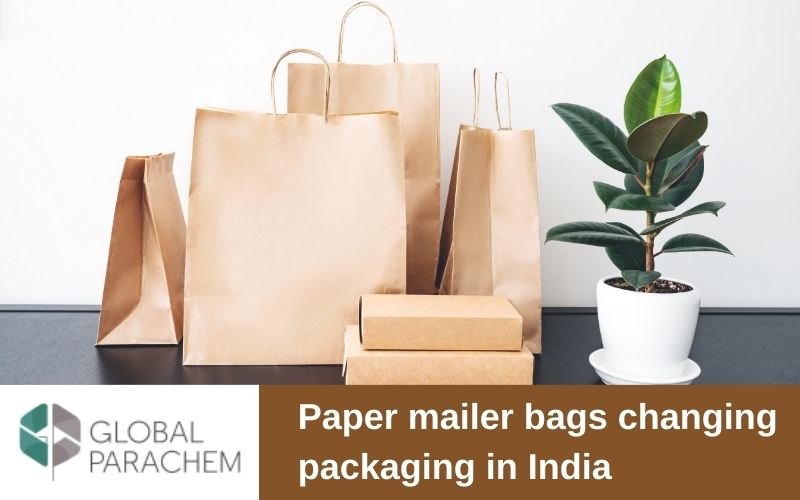
Packaging materials and processes for dairy products and liquid milk continue to evolve in response to developments in materials engineering and technology, as well as consumer hopes and behaviour.
Consumers are more aware of their social responsibilities, and businesses must consider how this affects the market. A consumer or brand looking to make a difference in the world will consider their sphere of influence when deciding what they can do to help rescue the earth. Today, plastic accounts for more than 75% of all dairy packaging.
While sustainability is going global – we must take the initiative as well, learn more about sustainable packaging in this article.
What is sustainable packaging?
Packaging is defined as a multifunctional system that transports, identifies, protects, and merchandises commodities for storage, distribution, retailing, and usage.
Sustainable packaging, often known as eco-friendly or green packaging, is packaging that is both environmentally and individually safe, as well as easily recyclable. It is produced from recycled materials, using less packing materials and less energy.
Because of the specific characteristics of dairy products, packaging is regarded as a vital stage in the processing activities. Packaging is the final step in the industrial cycle. If the packaging is improper or fails during milk product handling, transit, and storage, the processing procedures are rendered ineffective, even if they are carried out correctly. Proper packing protects food and extends its natural biological life.
Why is sustainable packaging so vital for us?
At the moment, an increasing number of businesses and brands are looking forward to sustainability, not just because their consumers desire it, but also because they are now starting to understand their role in making the world a better place.
Below are some of the most obvious reasons why we ought to move to sustainable packaging.
- Biodegradable: Because the packaging materials are biodegradable, green packaging not only decreases your carbon footprint and environmental effect, but it also provides benefits after it has fulfilled its function.
- Eco-friendly packaging: It is quite adaptable and may be reused and repurposed in the majority of major packaging businesses. Whatever you want to package, from meats to electrical products, there will be an eco-friendly packaging option that will satisfy your demands while saving money.
- Reduces Carbon Footprint: Eco-friendly packaging is better for the environment since it is created from recycled trash, reducing resource use.
- No toxic plastic: Conventional packing methods and materials contribute to global warming and other environmental problems. Using eco-friendly packaging reduces the quantity of plastic you consume. Petrochemical products frequently litter public locations and have been related to health issues when combined with food.
- Easy Disposable: The usage of sustainable packaging varies, but it is always biodegradable or recyclable. If the packaging is designated as recyclable, you can recycle it for future use.
Sustainable options you can opt for
“Biodegradable,” “compostable,” “eco-friendly,” and “ecological” have been popular buzzwords throughout the years. These phrases appear to have gained primacy in addressing the expanding global crisis. For example, in the packaging sector, eco-friendly or sustainable packaging is causing customer excitement.
- Biodegradable packaging
One of the most potential solutions is biodegradable packaging composed of renewable resources such as cornflour, sugarcane, or plant-based polymers. These compounds naturally break down in the environment, significantly reducing their ecological imprint. In addition to minimising waste, biodegradable dairy packaging conserves resources and reduces greenhouse gas emissions during manufacture.
- Refillable and reusable containers.
Reusable and refillable containers provide a unique opportunity to dramatically cut packaging waste. Customers can return empty containers to dairy producers for sanitization and reuse as part of a deposit-refund program. This technique not only reduces packaging waste but also fosters consumer responsibility and encourages people to actively participate in sustainable activities.
- Compostable packaging
Compostable packaging is also a sustainable option for the dairy sector. Compostable packaging, unlike biodegradable materials, decomposes into nutrient-rich compost, providing an ecologically beneficial approach to replenishing important nutrients in the soil. This packaging may be turned into compost in industrial composting facilities in a matter of weeks, benefitting the environment while also completing the waste disposal process.
- Recycled packaging
The circular economy is gaining pace, and recycled packaging is a key part of this paradigm. By using recycled materials in dairy product packaging, the sector may drastically reduce its dependency on virgin resources and energy use. Recycled plastics and paperboard are ideal for eco-friendly packaging solutions because, with proper processing, they may maintain their quality and function.
Fact check: In 2019, worldwide plastic output was roughly 368 million metric tonnes. This equates to around 433 kilograms of plastic per person each year.
Indian packaging markets towards sustainability
With the rise in sustainable development, every firm is doing its best to adopt more eco-friendly ways of packaging one such company is Global Parchem LLP, top diary packaging prodduct provider. Furthermore, strong government regulations requiring the use of environmentally friendly packaging solutions might help to accelerate the trend. The administration has implemented a few good initiatives in this regard.
If we talk about Global Parchem – their company has taken innovation to the next level and has the best production technology. They provide a wide choice of paper bags, multilayer films, biodegradable films, shrink films, tamper-proof security bags, FMCG packaging, and personalised printing and packaging solutions. All of their goods are manufactured per their partners’ expectations, environmental mandates, legislation, and standards.
A lot of companies also offer recycling incentives which again is creative along with a better environmental solution. Also, packaging that entirely decomposes after use is potentially superior to recyclable packaging.
End Word
It is fair to say that the transition to sustainable packaging is gradual but continuous. It will only accelerate if everyone, including consumers, corporations, and governments, works together to achieve our common objective of making the Earth cleaner. It’s past time for us to choose to protect the earth before saving money.




Leave a comment